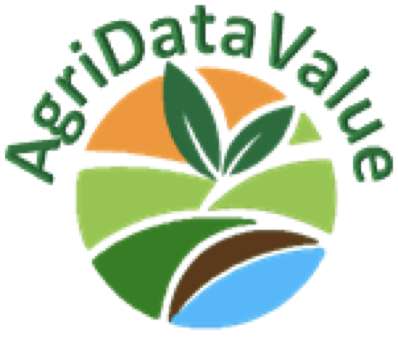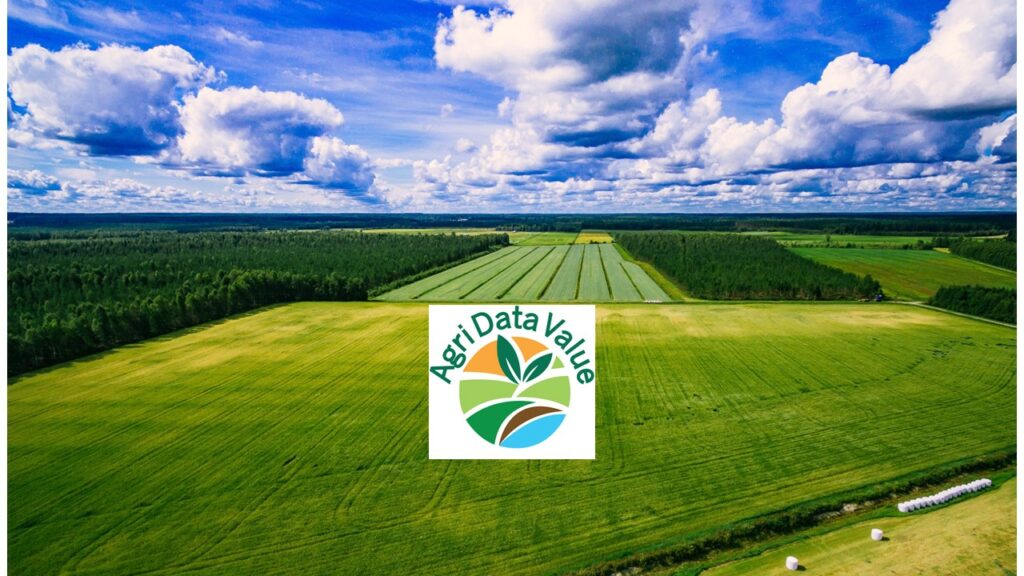When we talk about interoperability in data spaces, it’s easy to think of it within one sector at a time, such as agriculture, manufacturing, healthcare, or logistics. But in real life, industries don’t operate in silos. A farm doesn’t just grow food. It relies on weather data, transport networks, energy providers, and financial services to function.
This is why interoperability must be planned from a domain-agnostic angle from the very beginning of design and implementation. If data-sharing models are developed with only a single sector in mind, we might overlook opportunities to connect agriculture with its natural partners. In reality, industries like transport, energy, insurance, and finance constantly interact with agriculture. Ensuring that data is structured in a way that makes sense across domains can help strengthen these collaborations. By thinking from a cross-domain perspective, we can build on existing interoperability efforts to make agricultural data more accessible and usable beyond its immediate ecosystem.
An Experiment in Cross-Sector Interoperability: ADV Data Model
Agriculture already has robust semantic interoperability frameworks that ensure different platforms, systems, and organizations within the sector can exchange data smoothly. But the challenge we are addressing now is how to extend these mechanisms beyond agriculture.
The experiment we are working on in the AgriDataValue project is called the ADV Data Model. This model does not aim to replace existing agricultural models but rather enrich them by adding domain-agnostic capabilities on top of already comprehensive agricultural interoperability mechanisms. We are exploring how agriculture can seamlessly integrate with external data spaces, allowing agricultural data to be more easily understood, accessed, and used by industries like logistics, energy, and finance without requiring complex custom mappings or conversions.
Since interoperability must be tested in real-world applications, the ADV Data Model is still under development. After the validation process is complete, the model is planned to be made available as open-source, ensuring that stakeholders across industries can reuse, adapt, and contribute to its evolution.
Why This Matters for the Future of Agriculture?
At the end of the day, an agricultural organization should be able to share its data with stakeholders from other industries without barriers. A farming cooperative should be able to exchange sustainability data with financial institutions to access green financing programs. A smart irrigation system should be able to adjust water usage based on real-time energy grid prices without manual intervention. A food distributor should be able to align with logistics networks using standardized, interoperable data.
This experiment is a step toward making these cross-sector interactions smoother, faster, and more efficient. By enhancing existing agriculture-focused semantic models with domain-agnostic interoperability, the ADV Data Model is being designed as a flexible and open solution for a more connected and collaborative future. The goal is to ensure that agricultural data can move seamlessly across industries, just like business and supply chains do in the real world.


